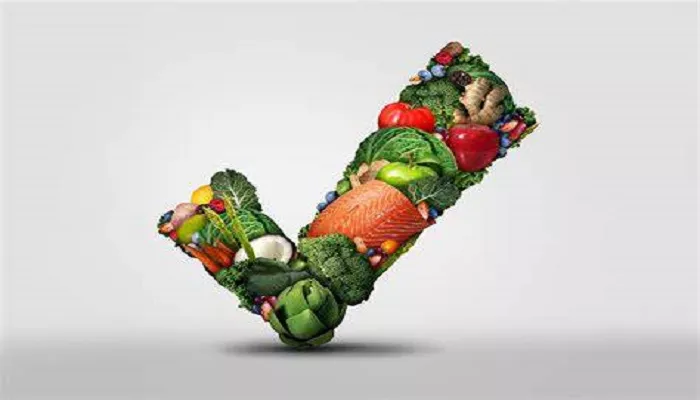On March 27th, the National Health Commission and the State Administration for Market Regulation jointly released 50 national food safety standards and 9 standard amendments. Notably, the label standards for prepackaged foods now clearly prohibit the use of terms like “no additives” or “zero additives” to overly emphasize food ingredients. This new regulation has triggered intense discussions among netizens.
With “zero additives” disappearing from marketing claims, how can consumers select healthy food? Instead of being swayed by marketing slogans, it’s crucial to learn how to read food labels. The ingredient list and nutrition facts table are the real “identity cards” of food.
Many consumers have paid a premium for products labeled “0 additives,” only to be shocked to find that “0 Additives” is just a trademark. Have you ever fallen into such a trap?
In the minds of many, “zero additives” and “no additives” are seen as symbols of “more natural” and “healthier,” leading them to willingly pay more for such products. However, upon closer examination, the meaning of “zero addition” is ambiguous. In reality, many “zero – additive” products hide surprises. A certain juice claims “no added sucrose,” but fruits naturally contain fructose and glucose, and its total sugar content might even exceed that of regular beverages. A type of bread promotes itself as “preservative – free,” yet it relies on high salt and sugar levels for preservation, which could pose greater health risks. Some milk products prominently display “zero preservatives,” but in fact, preservatives are already prohibited in milk.
Such marketing tactics are nothing but false selling points. Merchants hold the power to interpret what “zero addition” means. These word games not only mislead consumers but also wrongly stigmatize food additives, creating the false belief that “no additives = safer” and pushing the food industry into a cycle of “pseudo – health” competition.
The introduction of this new national food safety standard, which bans the use of “zero additives” and “no additives” claims on prepackaged foods, is extremely timely.
By debunking the false “health halo” of “zero additives,” it helps consumers correctly understand food label information and make more scientific and independent food choices.
In fact, from both scientific and practical standpoints, the concept of “zero additives” is not accurate. Even if a product truly has no additives during production, it doesn’t fully reflect the final ingredient content. Moreover, truly “zero – additive” food isn’t necessarily safer. Without preservatives, some “zero – additive” foods face a higher risk of microbial contamination, increasing food safety hazards.
It’s a well – known fact in the food industry that without food additives, there would be no modern food industry. For most processed foods, producing them without adding appropriate food additives is nearly impossible. When used legally and in compliance with regulations, food additives ensure food safety and enhance food quality. Preservatives prevent food spoilage and extend shelf life. Antioxidants stop oils from going bad and maintain flavor. Thickeners give yogurt and jam their proper texture. Sweeteners provide sweetness while reducing sucrose use. Nutrient fortifiers replenish nutrients lost during processing and storage. In short, food additives are essential for improving food quality, enhancing its appearance, smell, and taste, and making local delicacies accessible to people everywhere.
Some consumers still worry about the toxicity of food additives and whether it’s safe to consume additive – containing food long – term.
Experts have long explained that when China assesses the food safety risks of food additives, it considers the daily consumption patterns of people of different ages, regions, and genders over a long period. In the toxicological evaluation of food additives, the “long – term” factor, measured by “a lifetime” of daily consumption, is a key consideration and forms the scientific basis for setting standards. So, as long as food additives are used according to the standards, they are completely safe.
Related topcis


